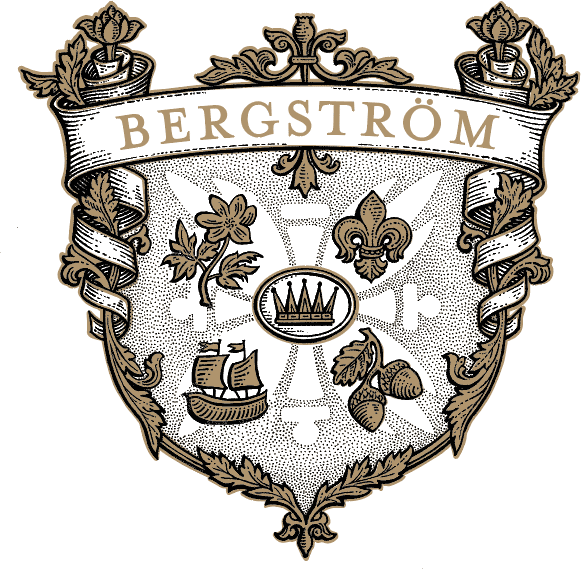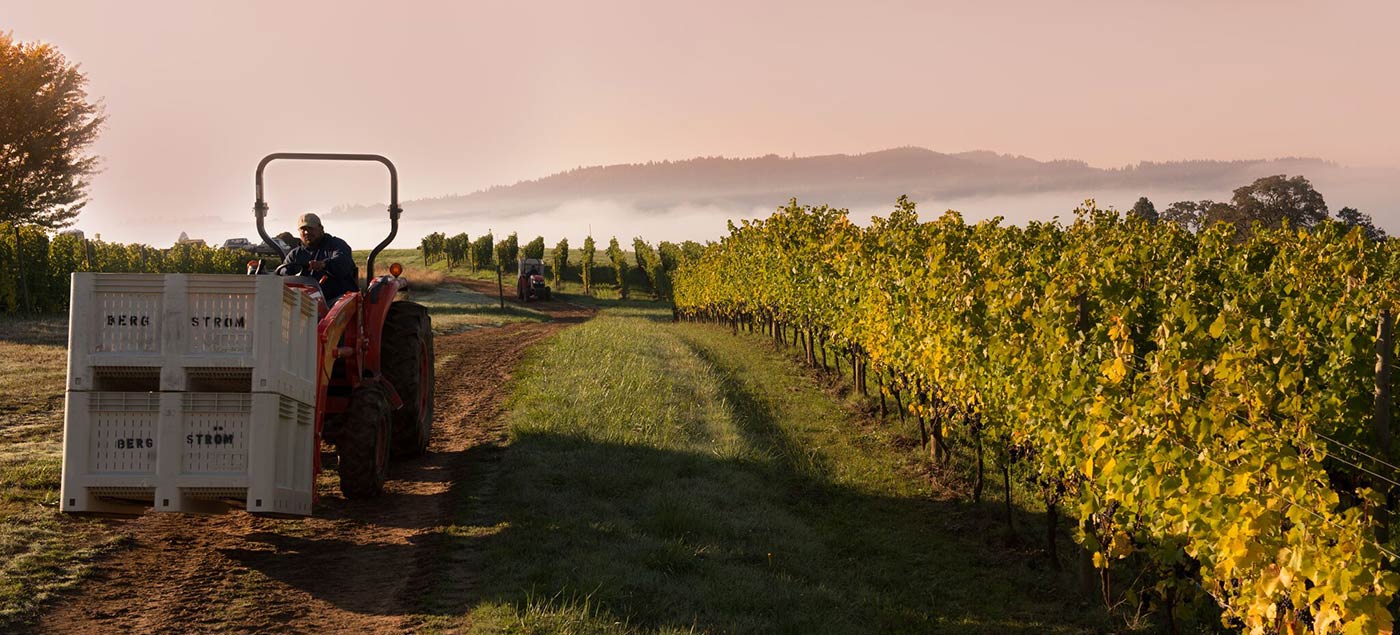Over the past decade we have returned to Beaune several times for family vacations and the marriages of friends. But it has been 13 years since I was a young aspiring winemaker studying and working in this sacred place of wine and vines. I have ever since longed to return as a professional , to work a vintage, to see with experienced eyes what I saw as a neophyte so many years ago. And as mentioned earlier, Burgundy’s historically early 2011 harvest was the perfect opportunity to come back. Especially since Oregon is preparing for its potentially “latest” vintage ever recorded.
As a young student in France, everything was new. And so, everything was painted with a shiny, naive varnish of optimism and unlimited possibilities. Everything Burgundian was the ideal for me; snails, Epoisse, croissants, pain d’épices, Boeuf Bourguignon, cassis, mustard, jambon-persillé….. it was all so heavenly. It was only later on, once back home, that I would meet the great personalities of the Cote d’Or: Montrachet, Musigny, Romanee Conti, Corton Charlemagne…… the wines that would change and shape me and influence how I approached my life’s work making wines in Oregon. Now I had the chance to return on a professional level and to see things with different eyes. Maybe I would even see some things that would open my eyes and change my outlook.
I was scheduled to work four separate internships in Meursault, Puligny Montrachet and Chassagne Montrachet. Together, these three villages make up the holy Trinity of noble Chardonnays on the Cote de Beaune. These three tiny little communes, surrounded by a few hundred hectares of vines, (alongside the village of Chablis, the Grand Cru of Corton Charlemagne and some random small Chardonnay plantings on the cote de Beaune and the Cote de Nuits) make up all of the white Burgundy that is available to the world…. not a whole lot of wine. I guess all good things do come in small quantities. This is the birthplace of Chardonnay and in these small villages of roughly 300-1,000 inhabitants, most everybody farms Chardonnay, makes Chardonnay wine, or works at a Chardonnay oriented winery. Compare that to Oregon where out of 420 wineries who today produce an average of 5,000 to 10,000 cases, only 4% of our state’s total annual production is Chardonnay.
The first domaine where I was supposed to work harvest was actually finished with harvesting all of their fruit before I landed in Paris. So unfortunately, I will not be able to report to you on the secrets or methodology of Domaine Leflaive in Puligny Montrachet. But I doubt there are any other secrets than great Biodynamic farming and attentive winemaking which make these some of my favorite white wines in the world….. maybe next time. I can tell you first hand that trying to book airline tickets for a harvest anywhere in the world might mean that you will miss the beginning or the end of that endeavor, especially if you are buying tickets early in the season when they are less expensive. Luckily our timing was mostly right on.
Domaine Etienne Sauzet was the first domaine that I had the honor of visiting and working at. The Domaine is a small family run estate which is immaculately kept and beautifully positioned high atop the village with the Puligny Montrachet vineyards practically sprawling into their backyard garden. Here, they make a wide array of small lots of outstanding Chardonnays including: Le Montrachet, Bienvenue Batard Montrachet and Batard Montrachet (from their Grand Cru holdings) Puligny Montrachet Premier Crus: Les Folatieres, Les Champs Gain, Truffiere, Perrieres, Combettes, Champ Canet, Les Referts, La Garenne, Hameau de Blagny and many, many more! These are some of the most prized Chardonnay vineyards in the world and they have prime holdings in all of them, totaling 12 hectares (over 25 acres)which is actually larger than the average sized winery in Burgundy!
Etienne Sauzet was the name of the grandfather who handed down the domaine to his daughter, the wife of Gerard Boudot. Gerard has run the domaine at the top level for more than 3 decades and has made an incredible name for himself and for the domaine during those years. He is now in the process of transitioning the domaine’s management to his daughter Emily and her husband Benoit, who currently make the wines at Gerard’s side. I was fortunate enough to work with Benoit and Emily for one week at the Domaine as they harvested their 2011 crop.
The winery is small and cramped for space but beautiful and a wonderful blend of old world and new world with shiny temperature controlled stainless steel tanks in a lovely tiled tank room that sits above the maze of vaulted barrel caves below and alongside the winery building.
Interestingly enough, Puligny is one of the few villages in Burgundy without a labyrinth of caves carved into the ground far below the street level as the water table is high in this town and caves cannot be dug in certain areas.
Benoit, the winemaker, is very easy going and steady in how he approaches the vines and his wines. At 34 years old, he calmly and confidently manages the domaine’s operations. Together with Emily, this young couple is at the top of their game and it was very exciting to watch.
I was lucky enough to be there for the harvest of the Grand Cru vineyards and several of the Premier Cru and Village level wines. One of my biggest goals in going to Burgundy for harvest was to be able to taste the fruit as if came across the sorting table and I was able to do this with the Batard Montrachet, Bienvenue Batard Montrachet, Folatieres, Hameau de Blagny and Champs Gain vineyards as they came in during my stay at Etienne Sauzet. What blew me away about the flavors in this fruit (lemon head candies, granny smith apple, unripe pear, limeaid flavors) was how I had tasted fruit flavors reminiscent to these so many times before in my Chardonnay fields back home in Oregon…… when I thought the fruit was still not yet ripe enough to pick! Wow; eyes wide open now.
As a new world Chardonnay producer, I have always picked based on ripe pear, golden delicious apple and melon flavors in fruit. Often times that can lead to ripe Chardonnays with good acids but not the acidity levels you would find from Burgundy. I have always thought about picking Chardonnay earlier but was too worried about the outcome. And as our friends Eugenia Keegan and David Adelsheim said as we shared a glass of white Burgundy at a wine bar in Beaune later that week: “The good news is, everyone in Oregon will be able to pick Chardonnay at those high Burgundian acid levels this year!” We laughed heartily and uneasily as we all subconsciously gnawed at our fingernails. Harvest in Burgundy was ending and our harvest was still more than a month away.
To be continued…..





